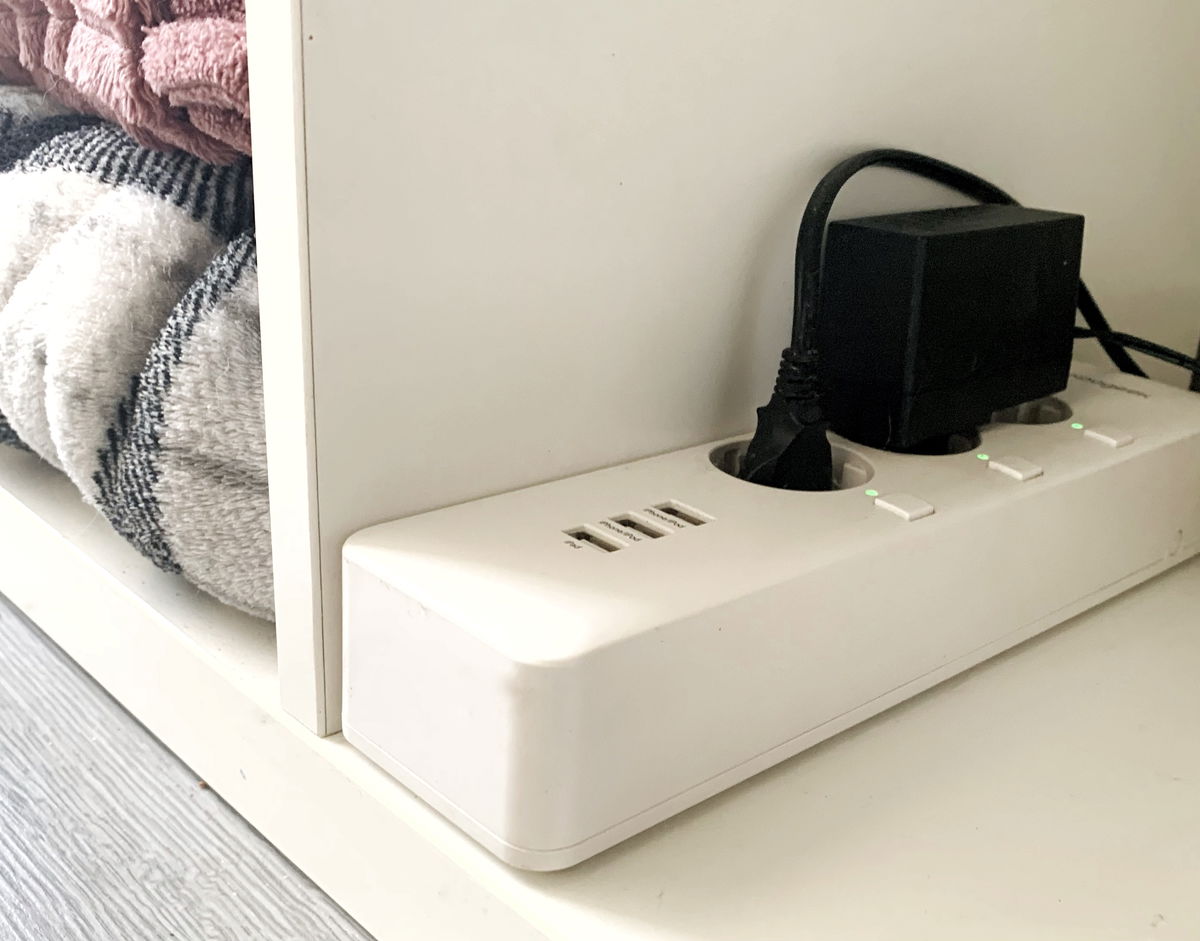The movement of the Moon’s shadow during a solar eclipse plays an important role. Michelle Nichols, director of public observations at the Adler Planetarium in Chicago, said the Earth rotates from west to east. Imagine your vantage point on the planet moving from west to east each morning to “greet” the sun rising over the eastern horizon.
The Moon also revolves around the Earth from west to east. If you were above the North Pole and looking at the planet from space, you would think that the Earth was rotating counterclockwise and the Moon was rotating in the same direction but slower. Additionally, while the Earth makes one revolution every 24 hours, it takes about a month for the Moon to make one revolution around our planet.
During a total solar eclipse, the Moon comes between the Earth and the Sun. In this case, all three celestial bodies are aligned in the same plane. As a result, the Moon blocks the star’s light and casts a shadow on the Earth. When the Moon passes in front of the Sun, it casts its shadow in the direction in which it moves, that is, from west to east.
Source: Ferra
I am a professional journalist and content creator with extensive experience writing for news websites. I currently work as an author at Gadget Onus, where I specialize in covering hot news topics. My written pieces have been published on some of the biggest media outlets around the world, including The Guardian and BBC News.










